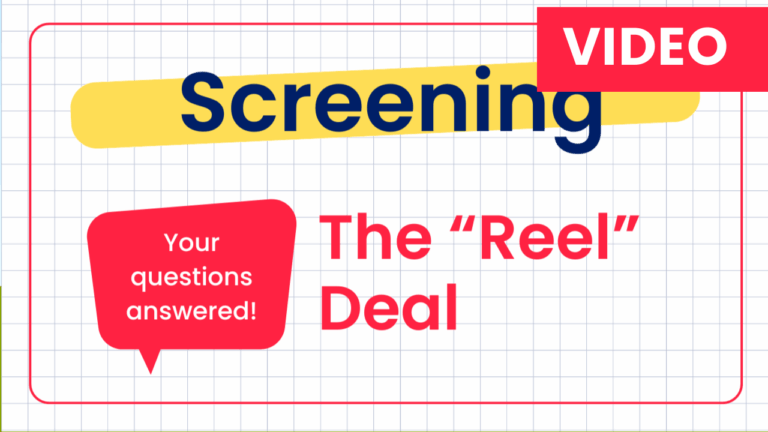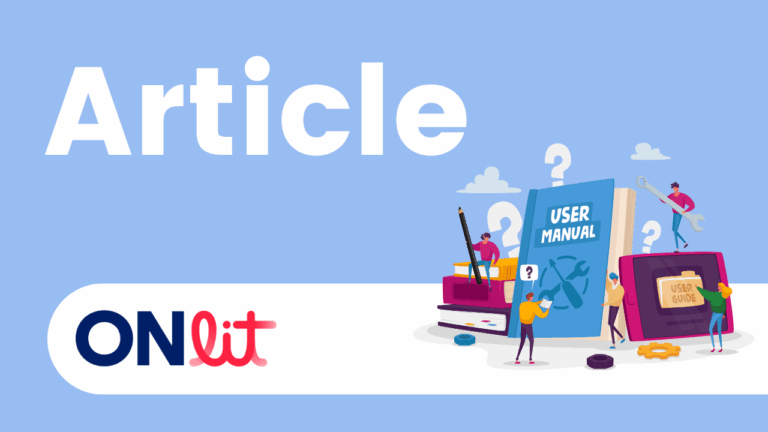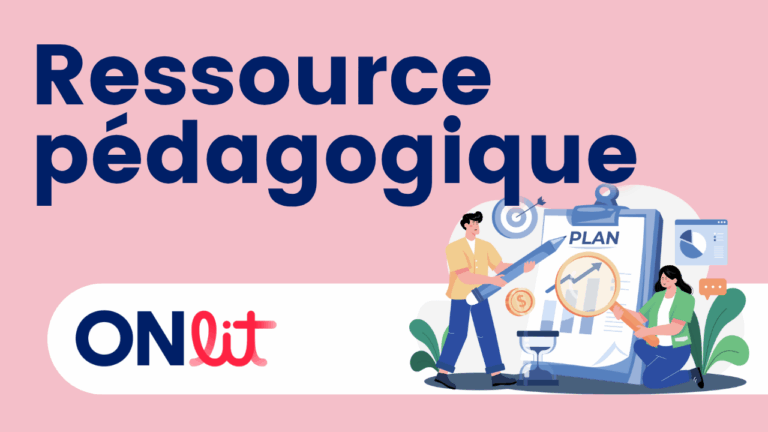Why Reading Screening?
Why do we need to screen – don’t we already know which students are having difficulty with reading? Watch this brief video that unpacks how screening data help us build systems the set all students up for success.

Why do we need to screen – don’t we already know which students are having difficulty with reading? Watch this brief video that unpacks how screening data help us build systems the set all students up for success.

Learning a new skill or strategy follows a predictable sequence known as the Instructional Hierarchy. As students build proficiency with a skill, it’s important to consider how we can build purposeful opportunities for practice. In this video, learn how grade 2/3 teacher Laura Bross uses partner reading in her class.

Fluency is essential for skillful and motivated reading, but is often misunderstood. Fluent reading is NOT fast reading! Jan Hasbrouck defines reading fluency and clarifies the link between fluency and comprehension.

This printable template, with boxes for each syllable, can be used to support students in spelling multisyllabic words.

This printable template, with clear lines to support good handwriting, can be used for sentence dictation.

This recorded webinar highlights the importance of spelling to literacy development and how it can be analyzed to inform instruction and intervention. The integration of phonology, orthography, and morphology can be used to analyze student spelling inventory results. Dr. Pam Kastner analyzes classroom and individual student spelling to determine the types of errors students made.

In this brief video, Nancy Hennessy shares insights into the elements of comprehension and how educators can facilitate comprehension for students through Structured Literacy instruction.

While Ministry-approved early reading screening tools may not measure comprehension directly, we learn a lot about students’ comprehension with the Oral Reading Fluency subtest. Learn more in this brief video!

Season 3 of Reading Road Trip wraps up with a jam-packed episode featuring Dr. Amanda VanDerHeyden. Kate and Amanda have a wide-ranging conversation about the science of learning and human behaviour – how do children learn new things? From the instructional hierarchy to incremental rehearsal, don’t miss this fabulous episode!

The Instructional Hierarchy is a model of skill acquisition. The hierarchy has been researched for decades – when we learn something new, we move through a series of predictable stages. Educators need to be aware of the instructional hierarchy since we are most effective when our instruction matches the student’s current level of proficiency. Learn…

On the recommendation of the Ontario Human Rights Commission, Ontario will be starting early reading screening in Fall 2024. This webinar clarifies the important role principals play in screening: the who, what, when, why, and how of early reading screening – and, most importantly, how we can use these data to improve student outcomes.

Points clés de la note politique/programmes 168 à l’attention des administrateurs. Sur la recommendation de la Commission ontarienne des droits de la personne, l’Ontario commencera le dépistage de la lecture à l’automne 2024. Ce document utile clarifie le rôle important que jouent les directions d’école dans le dépistage : le qui, le quoi, le quand,…